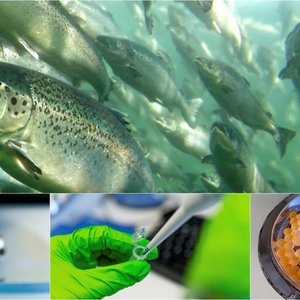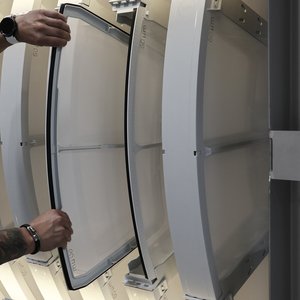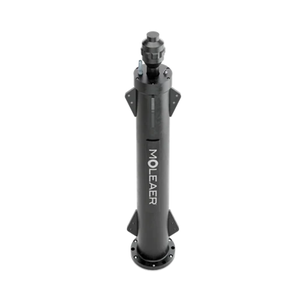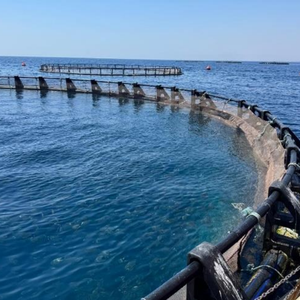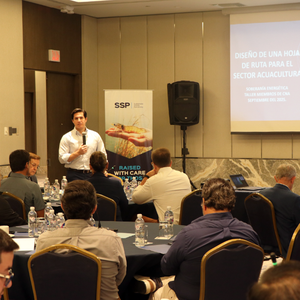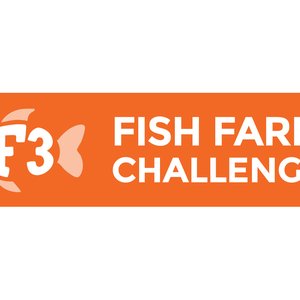A naturally occurring genetic variation significantly boosts resistance to a devastating disease that threatens European seabass populations, scientists have found. The genetic mutation provides European seabass with a 90% survival rate against viral nervous necrosis (VNN), an infectious disease that causes major economic losses worldwide. The study, co-led by experts at the Roslin Institute and the University of Padova, paves the way for more sustainable breeding practices and offers a promising solution to reduce disease outbreaks in fish farming.
Findings from the research could help limit the impact of VNN, which affects over 50 fish species worldwide, causing high mortality rates, particularly in juvenile fish. Currently, outbreaks can result in near-total stock losses in European seabass, a species crucial to the Mediterranean aquaculture industry. The new insights offer a route to managing the disease, for which no effective treatments are available, and for which vaccines do not provide complete protection.
Genetic discovery
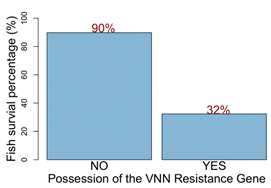
Researchers collaborated with colleagues across Europe to investigate the genetic factors influencing VNN resistance in seabass. To understand why some seabass are more resistant to the virus, scientists took tissue samples from the fish’s brain and kidney, two areas where the virus is known to replicate.
Researchers used genetic analysis techniques to determine which genes were activated in resistant fish compared to those that got sick and died due to VNN infection. They also compared the full genetic code of different fish to find the exact natural mutation linked to higher survival rates.
This approach allowed experts to identify both the key gene and the specific genetic change responsible for resistance. The resistant mutation was also found at much higher frequencies in Eastern Mediterranean seabass populations, which naturally exhibit greater resistance to the disease.
Breeding applications
The identification of this genetic mutation has important implications for fish breeding programs. The research team, working together with an industry partner Xelect, have incorporated the results into a European seabass breeding tool. These results are also available in public databases for fish farmers and interested researchers.
Going forward, these results will allow fish farmers to identify and selectively breed seabass with natural increased resistance to VNN, significantly reducing the need for vaccines and minimizing losses from the disease.
The gene identified in this study has been previously associated with resistance to West Nile virus, a disease that affects humans. Although more research is required to fully understand this connection, these findings indicate that similar genetic mechanisms may play a role in viral resistance across different species.
“We’ve made a major step in understanding how some fish naturally resist viral nervous necrosis. Now, we need to explore how exactly these genes work, which could open up even more possibilities for disease control. This approach has the potential to improve productivity and fish welfare,” said Robert Mukiibi, research fellow in aquaculture genomics at the Roslin Institute.
The study was funded by the European Commission under the Horizon 2020 research and innovation program.
Reference:
Mukiibi, R., Ferraresso, S., Franch, R. et al. Integrated functional genomic analysis identifies regulatory variants underlying a major QTL for disease resistance in European sea bass. BMC Biol 23, 75 (2025). https://doi.org/10.1186/s12915-025-02180-4



